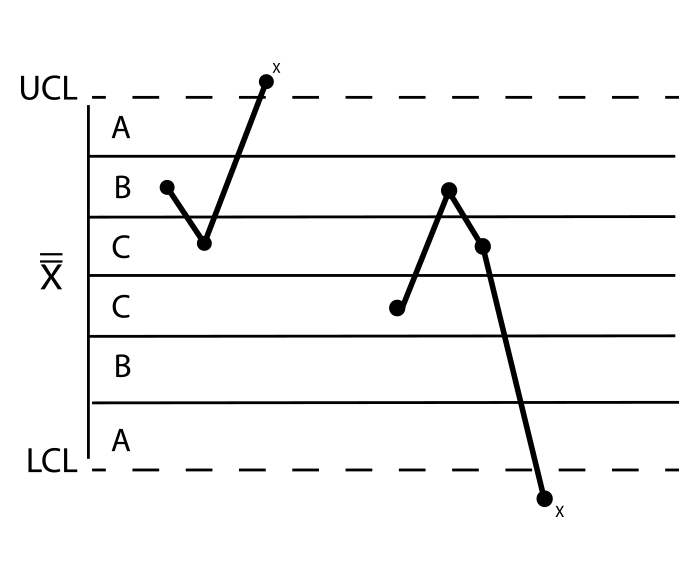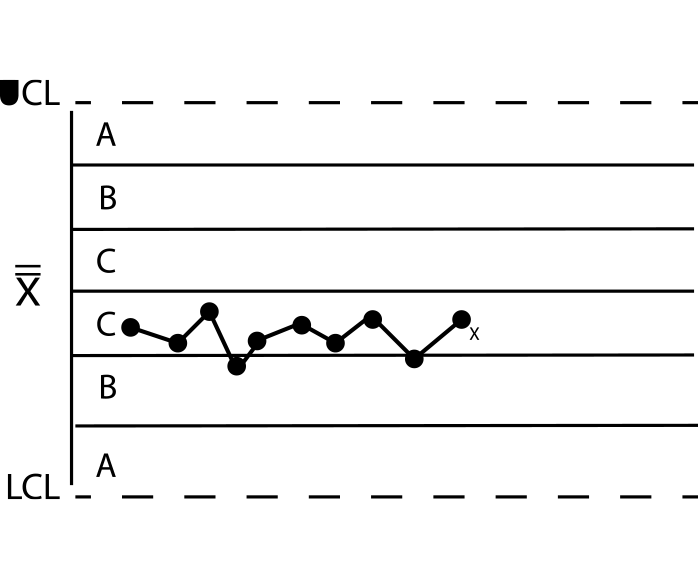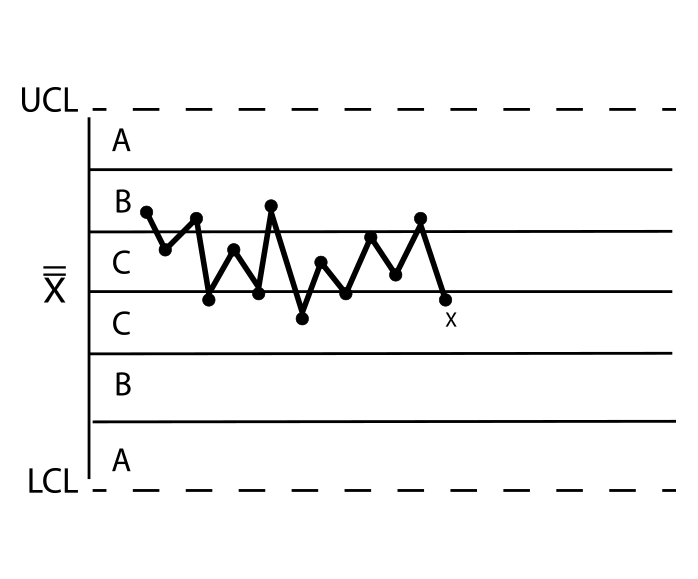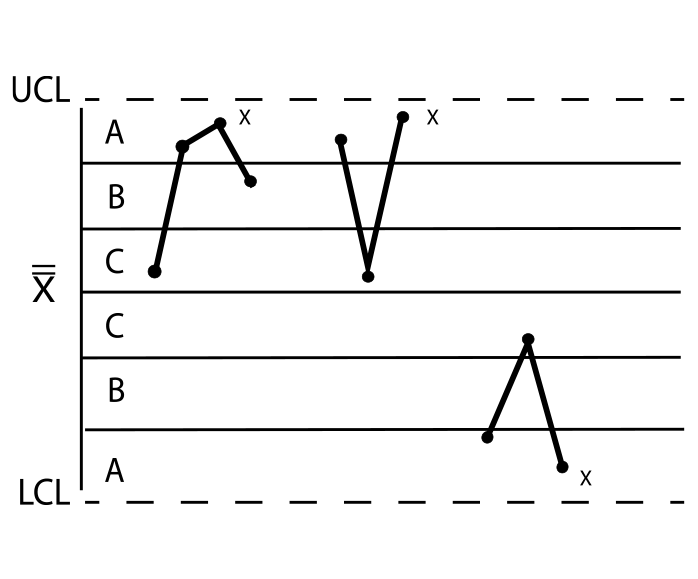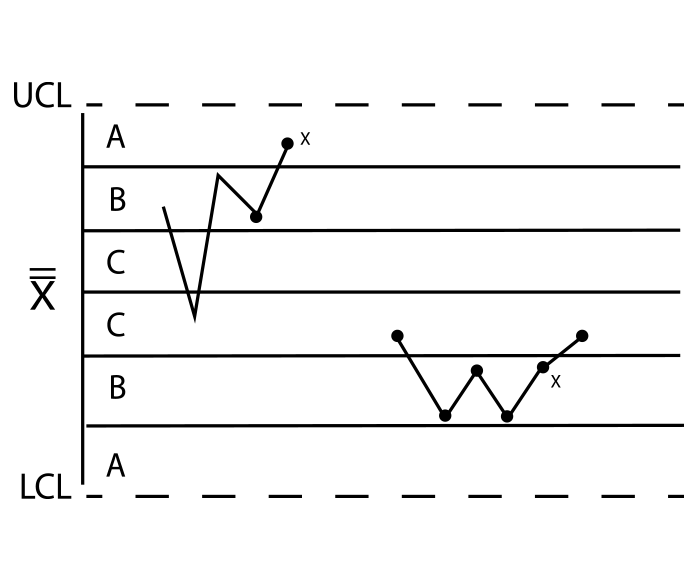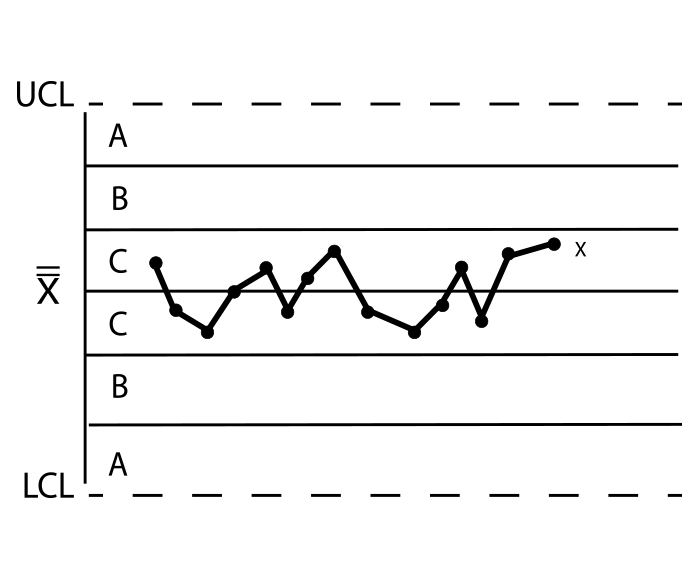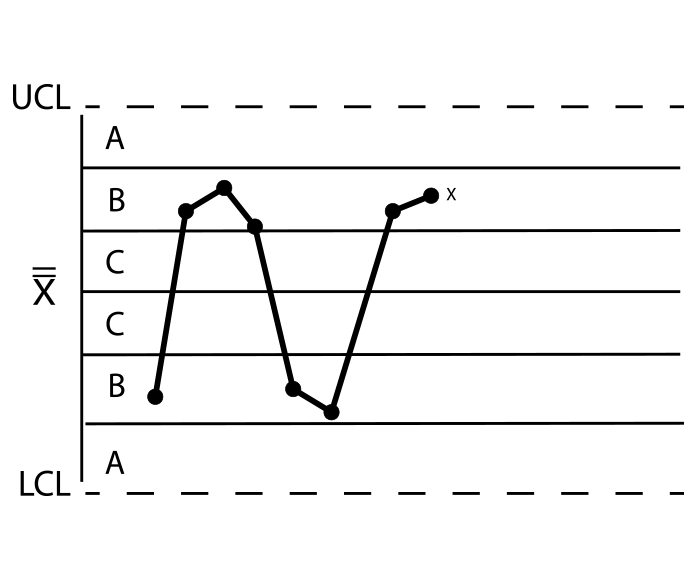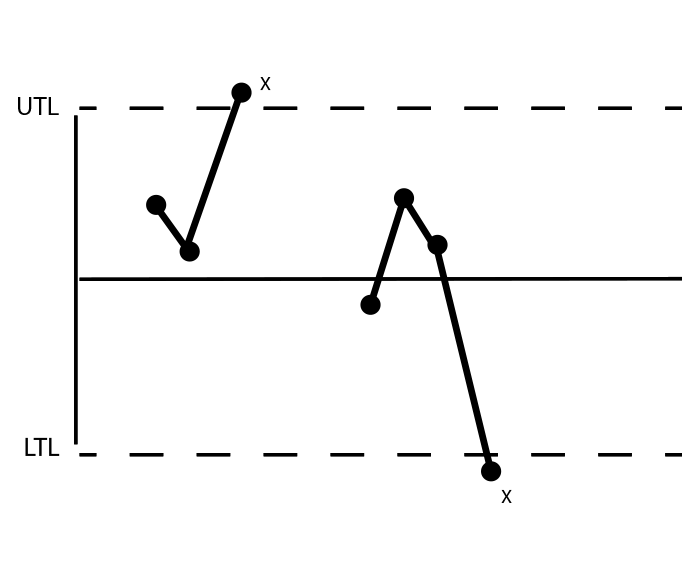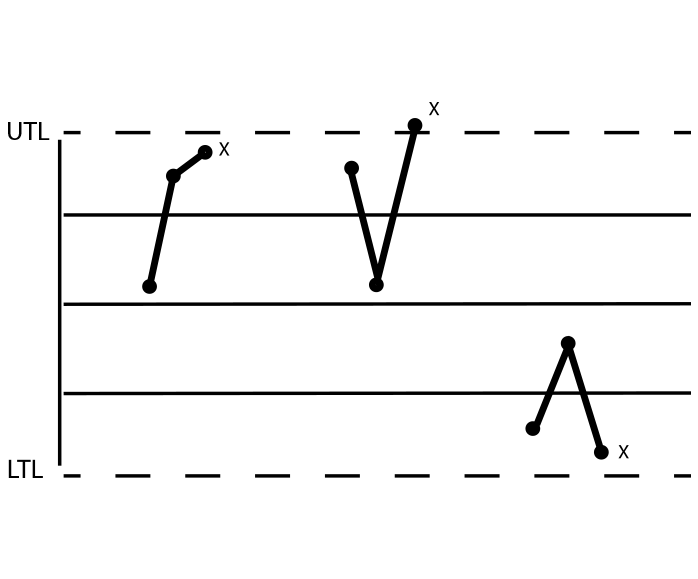home / Resources / SPC / Statistics / Data Tests
Downloads
Request a Demo
home / Resources / SPC / Statistics / Data Tests
Downloads
Request a Demo
Data Tests
MeasurLink can check data as it is received for statistical patterns that indicate a change in randomness. A change in randomness can indicate that the manufacturing process has changed from its initial settings. The initial settings are designed to create the best Part possible, so when the system deviates from the initial settings the manufacturing process has moved off its optimum settings.



